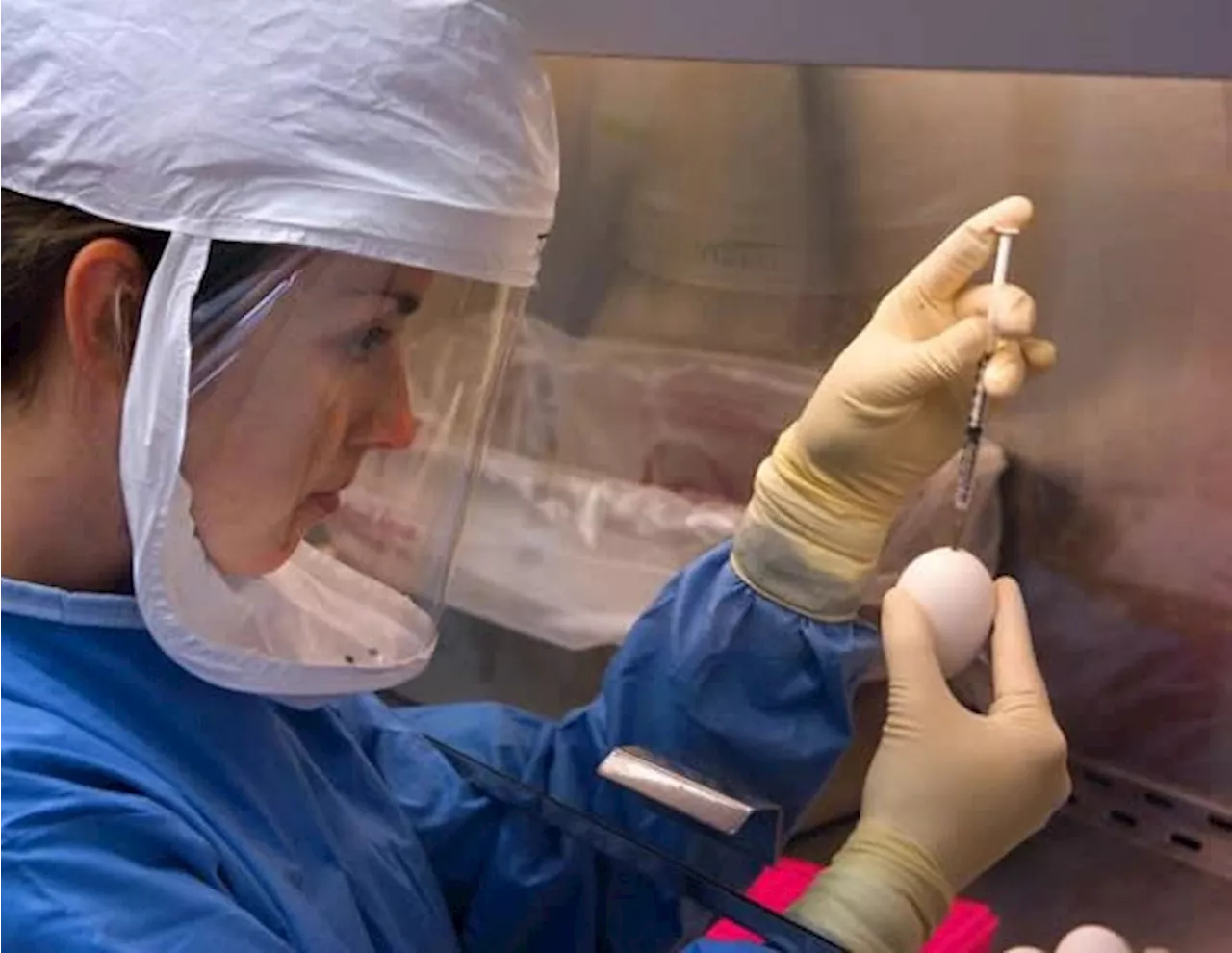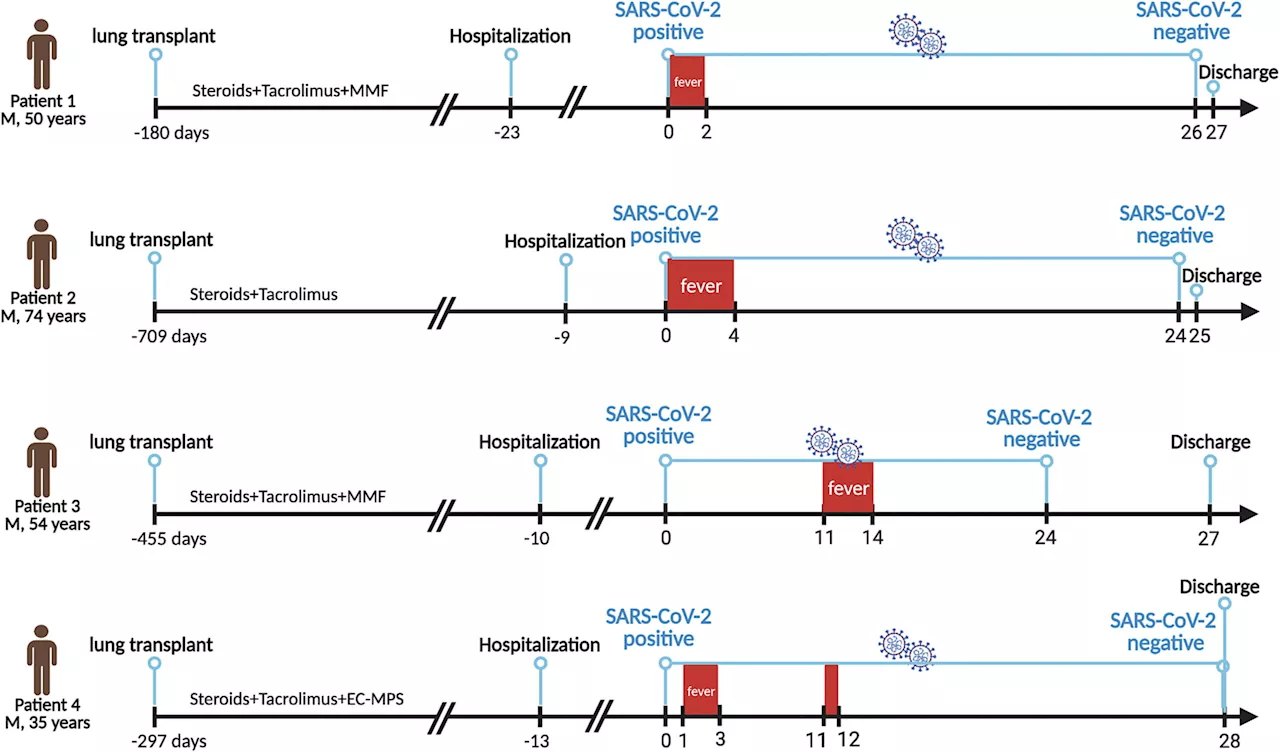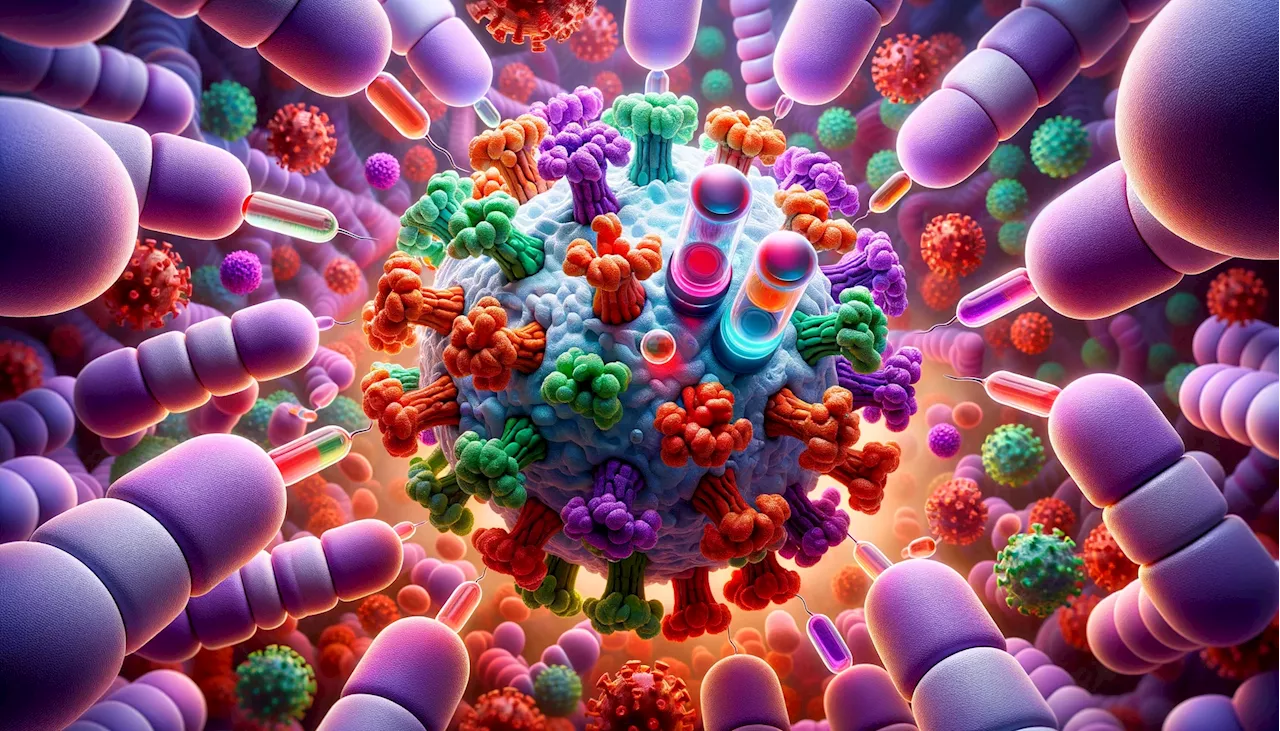Study investigates the receptor affinity and antigenicity of the SARS-CoV-2 Omicron BA.2.86 variant, revealing that it does not show higher resistance to neutralization by human sera than other recent variants. Despite its high number of mutations and receptor affinity, the variant is slightly more sensitive to neutralization than the EG.5.
By Tarun Sai LomteOct 24 2023Reviewed by Susha Cheriyedath, M.Sc. In a recent study published in the journal Nature, researchers investigated the receptor affinity and antigenicity of severe acute respiratory syndrome coronavirus 2 Omicron BA.2.86.
This sub-variant is as distant to its predecessor, BA.2, as the BA.1 variant is to the Delta variant, raising concerns of similar antibody evasion. More than 400 BA.2.86 sequences have been detected in 28 countries despite limited ongoing surveillance. A recent outbreak in a nursing facility in England suggests that the sub-variant is readily transmissible.
Vesicular stomatitis virus pseudoviruses were generated to assess the antigenicity of the BA.2.86 spike. They developed two versions of its spike based on the absence or presence of the 1670V mutation, respectively. EG.5.1, XBB.1.5, and BA.2 pseudoviruses were also generated. Related StoriesNext, the team tested the susceptibility of BA.2.86-V1 to 26 mAbs. EG.5.1 and XBB.1.5 were also tested for comparison. BA.2.86 was substantially or completely resistant to mAbs that target the N-terminal domain , receptor-binding domain class 2 and 3 epitopes, and sub-domain 1 . The extent of evasion was larger than that by EG.5.1 and XBB.1.5.
F486P and N460K mediated resistance to some RBD-directed class 1 and class 2 mAbs, while several others compromised the activity of RBD class 3 mAbs. In addition, the team identified two new mutations and two known mutations that conferred sensitization. The remainder of new mutations in BA.2.86 had minor or no impact on antigenicity.
日本 最新ニュース, 日本 見出し
Similar News:他のニュース ソースから収集した、これに似たニュース記事を読むこともできます。
 The transmission dynamics of SARS-CoV-2 among healthcare workersThe transmission of SARS-CoV-2 in hospitals and its impact on the dynamics of the COVID-19 pandemic.
The transmission dynamics of SARS-CoV-2 among healthcare workersThe transmission of SARS-CoV-2 in hospitals and its impact on the dynamics of the COVID-19 pandemic.
続きを読む »
 Estimating hospital-acquired SARS-CoV-2 infections in EnglandAn estimated 95,000–167,000 inpatients at English National Health Service (NHS) hospitals caught SARS-CoV-2 while in hospital during England's 'second wave' of COVID-19, between June 2020 and March 2021, reports a paper, 'The burden and dynamics of hospital-acquired SARS-CoV-2 in England,' published in Nature.
Estimating hospital-acquired SARS-CoV-2 infections in EnglandAn estimated 95,000–167,000 inpatients at English National Health Service (NHS) hospitals caught SARS-CoV-2 while in hospital during England's 'second wave' of COVID-19, between June 2020 and March 2021, reports a paper, 'The burden and dynamics of hospital-acquired SARS-CoV-2 in England,' published in Nature.
続きを読む »
 New research aims to understand the ecology of SARS-CoV-2 at the human-animal interfaceAt the height of the COVID-19 pandemic, Virginia Tech disease ecologists wondered if the virus was having the same effect on wildlife.
New research aims to understand the ecology of SARS-CoV-2 at the human-animal interfaceAt the height of the COVID-19 pandemic, Virginia Tech disease ecologists wondered if the virus was having the same effect on wildlife.
続きを読む »
 Viral rebound and safety of nirmatrelvir/ritonavir for lung-transplant recipients infected with SARS-CoV-2Data on the viral rebound and safety of nirmatrelvir/ritonavir in lung transplant (LTx) recipients are limited. A study published in Biosafety and Health prospectively followed four LTx recipients. Clinical characteristics, viral RNA dynamic in throat swabs, and tacrolimus blood concentration were monitored regularly.
Viral rebound and safety of nirmatrelvir/ritonavir for lung-transplant recipients infected with SARS-CoV-2Data on the viral rebound and safety of nirmatrelvir/ritonavir in lung transplant (LTx) recipients are limited. A study published in Biosafety and Health prospectively followed four LTx recipients. Clinical characteristics, viral RNA dynamic in throat swabs, and tacrolimus blood concentration were monitored regularly.
続きを読む »
 Community immunity: Steering the evolutionary course of SARS-CoV-2Researchers in Germany have developed a comprehensive fitness model that forecasts the evolution of SARS-CoV-2 by integrating genetic, epidemiological, and immunological data. The study emphasizes the role of population immunity in shaping viral mutations and provides valuable insights into the emergence of new variants.
Community immunity: Steering the evolutionary course of SARS-CoV-2Researchers in Germany have developed a comprehensive fitness model that forecasts the evolution of SARS-CoV-2 by integrating genetic, epidemiological, and immunological data. The study emphasizes the role of population immunity in shaping viral mutations and provides valuable insights into the emergence of new variants.
続きを読む »
 Kids with Omicron non-infectious after three days, vaccination status irrelevantStudy found that the median duration of infectivity for the Omicron variant of SARS-CoV-2 in children is three days, regardless of vaccination status. The findings suggest that current 5-day isolation policies are supported, but vaccination or booster status need not be considered in return-to-school guidelines.
Kids with Omicron non-infectious after three days, vaccination status irrelevantStudy found that the median duration of infectivity for the Omicron variant of SARS-CoV-2 in children is three days, regardless of vaccination status. The findings suggest that current 5-day isolation policies are supported, but vaccination or booster status need not be considered in return-to-school guidelines.
続きを読む »
